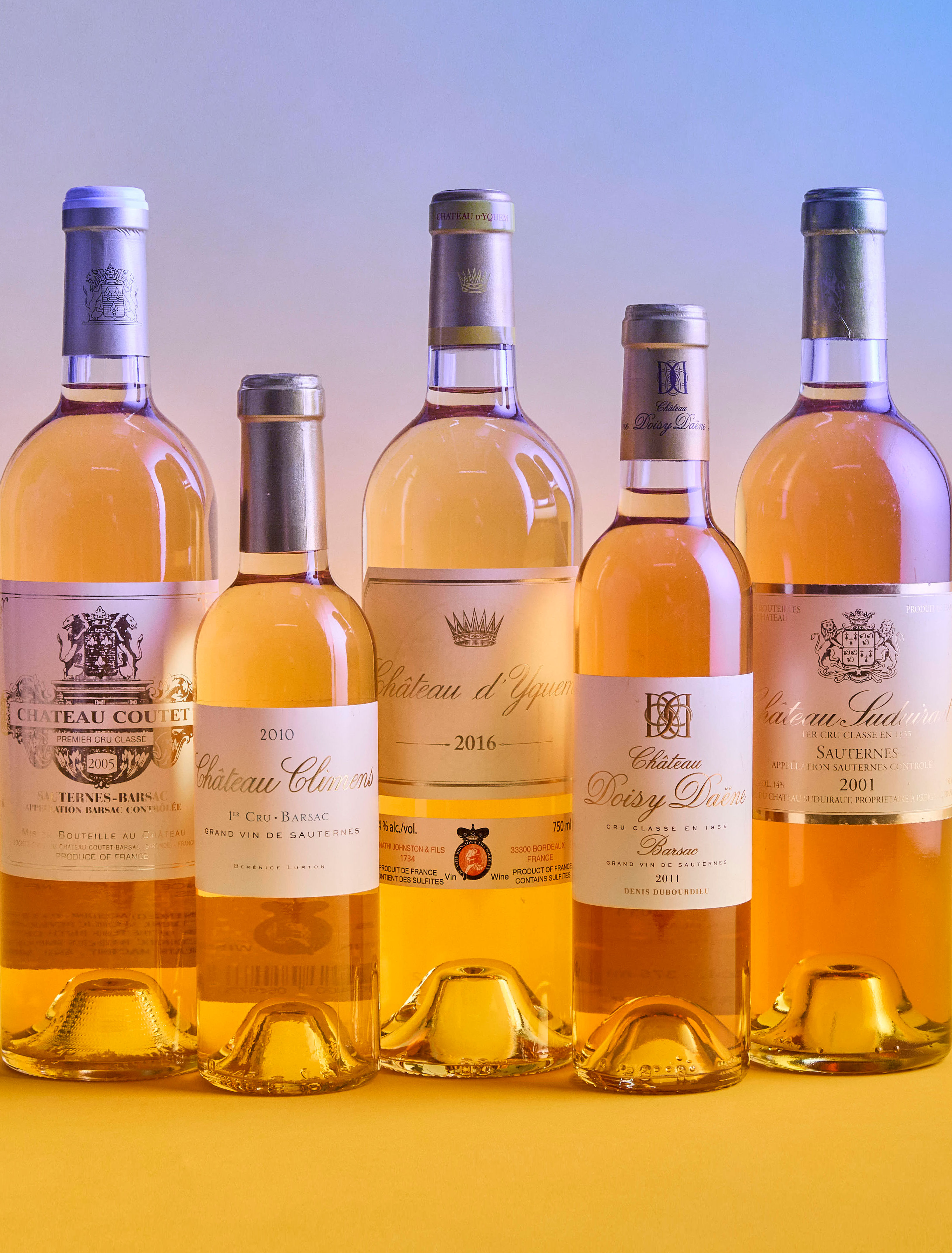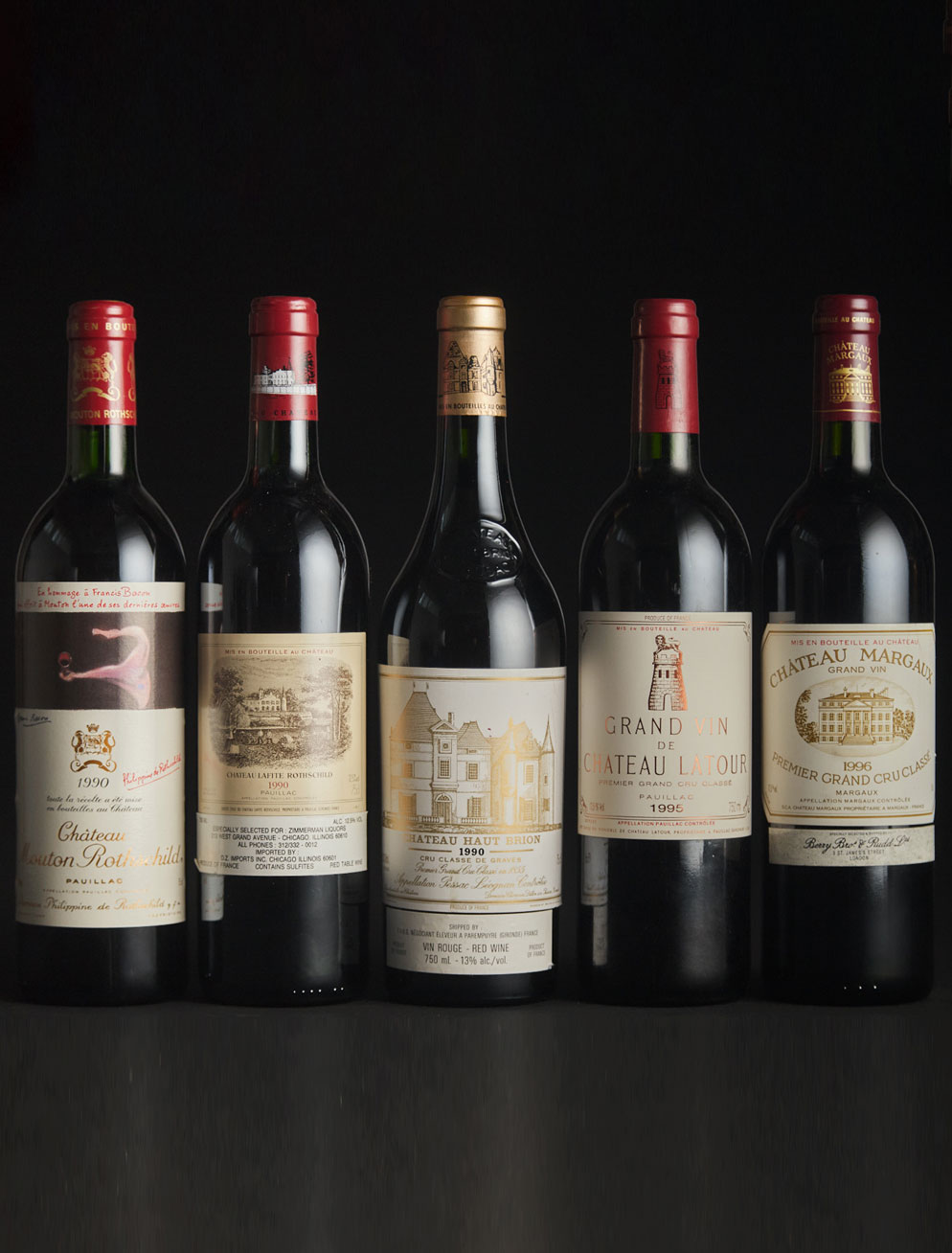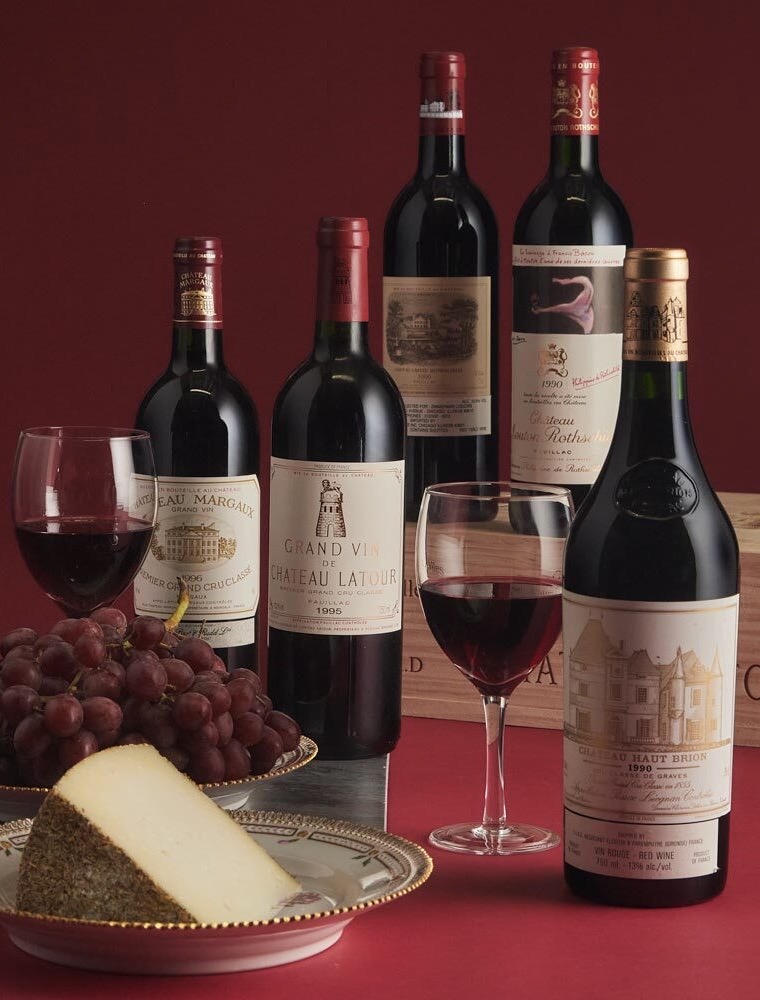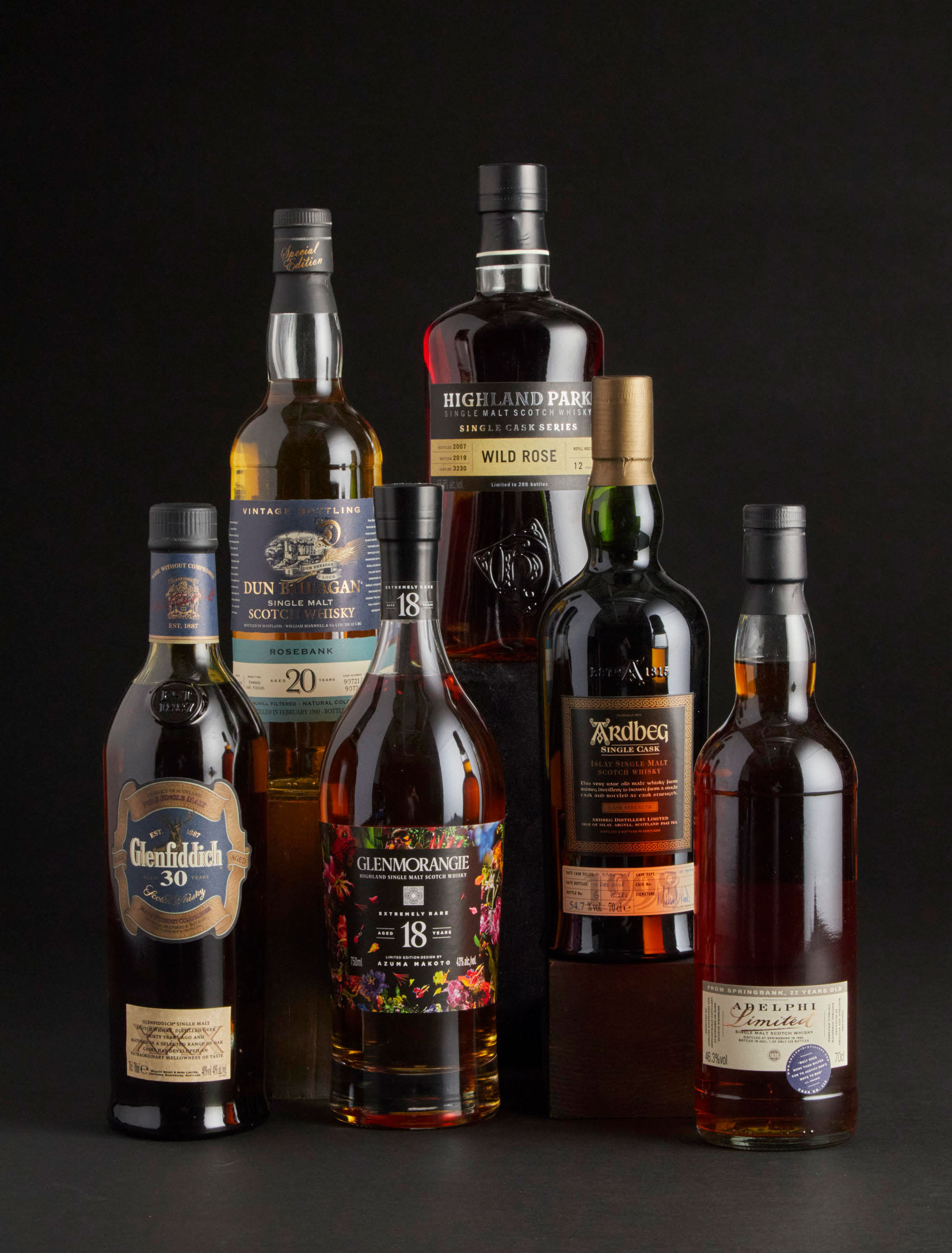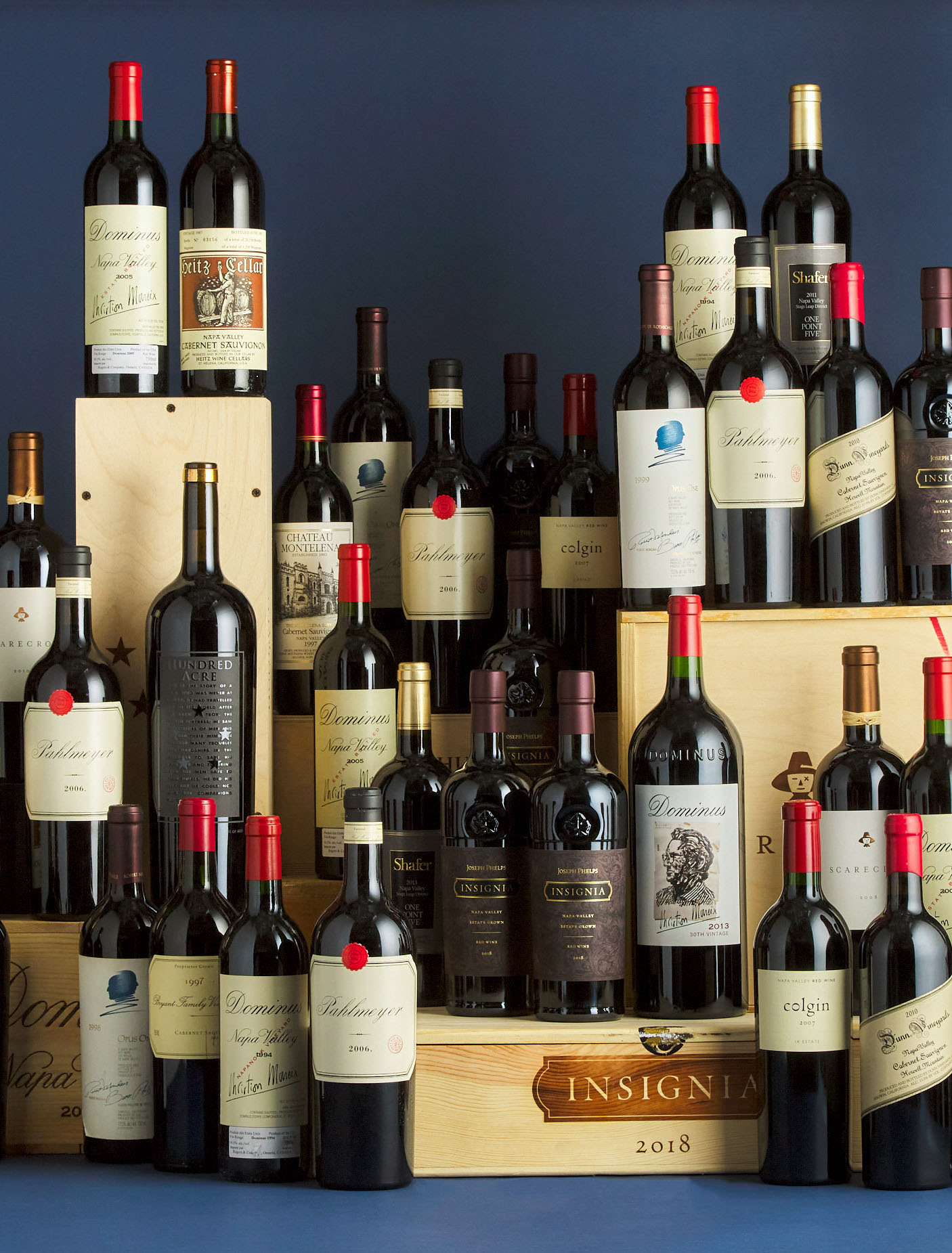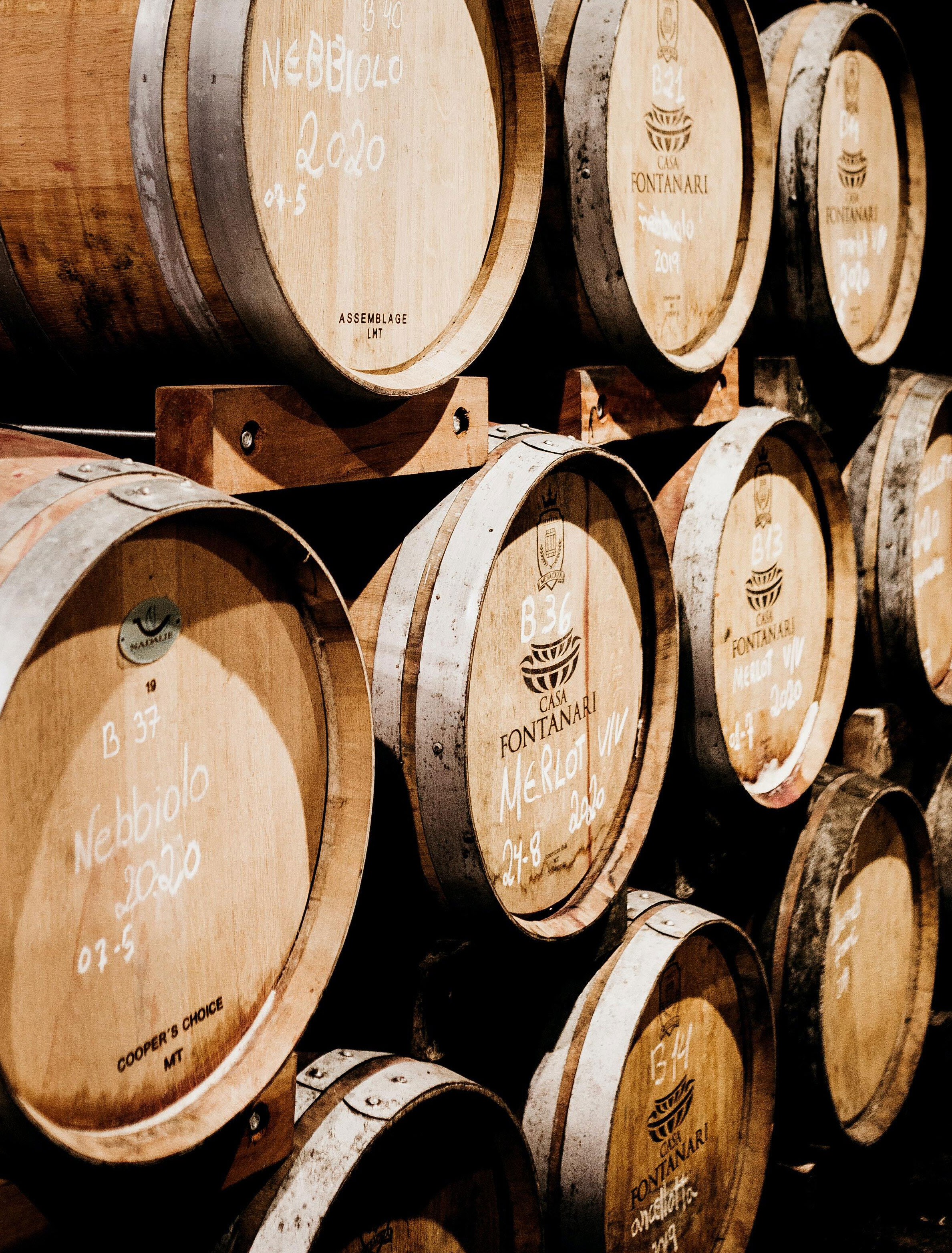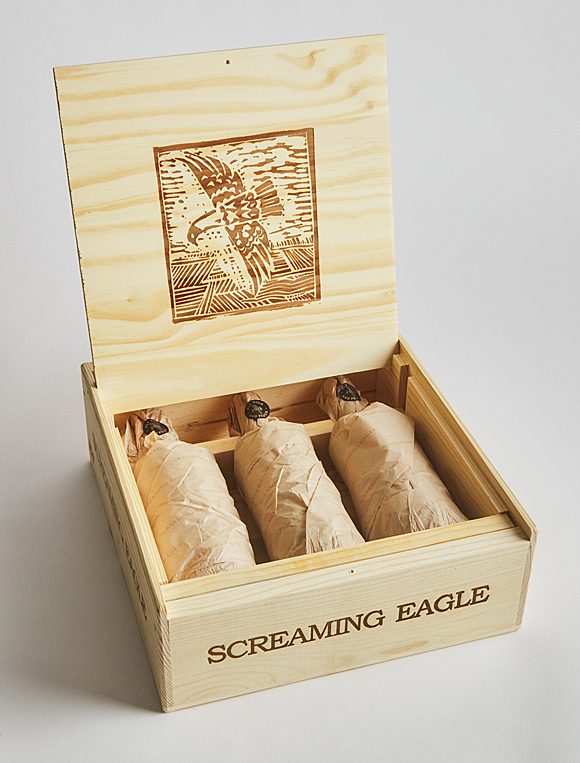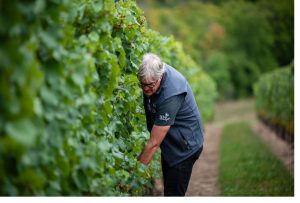
The first bottle of wine that Thomas Bachelder made was a Beaujolais.
Not a Beaujolais in the literal sense, more of a do-it-yourself basement brew in the French style that came from a can of concentrate. A gift from his brother Ronald, it would spark a passion for winemaking that would alter the course of his life.
Weekend winemaking led to formal schooling in Beaune, Burgundy. Though Bachelder and his wife, Mary Delaney, would build their lives around making wine in the established Burgundy and Oregon regions, it was back home in Canada where Bachelder would cement his reputation as one of the finest winemakers of his generation.
Bachelder has a pioneering spirit, preferring the path of discovery to more well-trodden routes. He took the lessons he learned in Burgundy – let each parcel express itself in its own way, have a light touch, pay attention to the specific terroir under your stewardship – and applied them to the Jordan Bench in Niagara. Without centuries of wine history at its back, Niagara allowed Bachelder the freedom to work without the potential constraints of a well-established legacy.
He explains that “in a place like Burgundy, you have a very clear understanding of what the best expression of a vineyard is before you even make the wine, whereas in the New World, you’re quite often the first person who’s ever made wine from that single vineyard. You have so many decisions to make and no history to base those decisions on. There’s that element of discovery in the New World, currently, that you don’t often have in the Old World. Old World winemaking is genuflecting in front of these great crus and thinking ‘well, I hope I don’t screw this up.’”
FROM CANADA TO EUROPE AND BACK AGAIN
In 2002, Bachelder received a call asking him to become the first winemaker for a new estate called Le Clos Jordanne in Niagara. The goal with Le Clos Jordanne was to create a “domaine” able to produce premium Burgundian-style Chardonnay and Pinot Noir that would reflect the terroir of the Jordan Bench. Trained as he was in the expressive and low-intervention style of Burgundy, Bachelder was a perfect fit. He accepted the job with the caveat that he would only stay for a few years before an inevitable return to France. But after a short time immersed in the region, Bachelder realised that what was happening in Niagara was a once-in-a-lifetime opportunity: a chance to make world-class wine in Canada.
What Bachelder and other winemakers recognized in the region was a unique set of geographical and geological features. Niagara is situated on a limestone “bench” between two Great Lakes, Erie and Ontario. The lakes ensure that the climate remains temperate, never too cold or hot, unlike some other Canadian and Northern American locales. But it was the limestone in particular which intrigued Bachelder: “I knew that you could make good Chardonnay and Pinot without limestone. But I knew that where the grape had evolved and originated was in Burgundy – on limestone. Those wines have a good crisp mineral pop. I find Pinots without limestone to be missing a dimension. I went to wine school in France, so that’s what I got used to and that’s what I crave. I could taste that there was something special about Niagara wines, they tasted more European, so I knew I could make those sorts of wines here. If not, I figured I would just go back to France.” He pauses before adding, “we’ve been here 20 years.”
Though he still makes wine for Le Clos Jordanne, Bachelder also makes wines under his own name. He is what is known as a micro-négoce, a merchant who purchases grapes or juice and vinifies them as he sees fit. The practice originated in Burgundy, and has been adopted around the world. Not owning a domaine winery allows Bachelder to discover vineyards that most people wouldn’t look at, work closely with different growers, and rove beyond the grapes from a single property so as to better create blends that suit his vision. He works with growers to find grapes hyper-representative of the local terroir, whether they are from his home of Beamsville or farther afield from places like Niagara Lake.
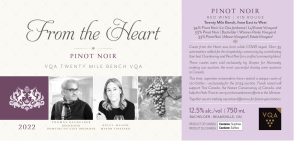
CUVÉE FROM THE HEART
One of the highlights of the Grapes for Humanity auction is an exclusive blend of Ontario wines from different vineyards known as Cuvée from the Heart. The project was initially conceived in 2019 by Steven Campbell, an important figure in the Canadian wine community and a board member of Grapes for Humanity. Campbell was looking to amplify the incredible wines of Ontario at auction, to put them on the same stage as more established regions.
The project has grown year after year, and collectors have begun to take notice of the incredible value and quality of the Cuvée from the Heart vintages. These releases have become somewhat of a cult product, released once a year and in limited quantities – seven different cuvées of just ten cases this year, according to Bachelder. Winemakers contribute some of their best juice for the project, and are selected not only for their talents, but for the compatibility of their styles. The blends get tweaked to create a stellar product that cannot be purchased anywhere but the Grapes for Humanity auction.
Bachelder has been involved with Cuvée from the Heart from its inception. This year, he piloted two of the blends that will be auctioned, a Chardonnay and a Pinot Noir. The former, a collaboration between Bachelder, Matt Smith of Cloudsley Cellars, and Ilya Senchuk of Leaning Post is, in Bachelder’s words, “an uber-mineral wine from three of our most mineral parcels on that site. We tried many iterations of it to get it right, and had great fun blending it.”
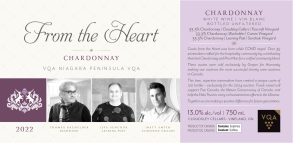
Of the Pinot, a collaboration between Bachelder, Domaine du Clos Jordanne, and Kelly Mason of Mason Vineyard, Bachelder explains that “it was a true look at the lower strip of the Twenty-Mile Bench sub appellation (which includes the vineyards of both Jordan and Vineland), which I love to call the ‘Grand Cru strip’ even though it’s unclassified. I think it’ll be of real interest to see these three vineyards together, because they’re located on different ends of the Twenty-Mile Bench. After quite a few trials, we got something that was really interesting and ageable. 2022 was a great crunchy fruit year with just enough tannin for longevity.”
BUYING WINE AT AUCTION
You’d imagine that Bachelder would have no shortage of his own wine to drink and serve, but he points out that it’s nice to have a break from his work in the evenings. When hosting, he typically serves bottles by other winemakers from Niagara, showcasing the breadth of the region. Bachelder is also a fan of buying wine at auction. His strategy is to purchase the overlooked vintages, the ones that are not considered to be banner years, with a focus on his beloved Chardonnay and Pinot Noirs. Sometimes he buys bottles he had already tried years ago, curious about how the wine has weathered the years. He explains, “I’m not looking for the uber blue chip. It’s not my thing. I’m looking for the underdog with really good terroir, the lesser-known appellations that get ignored.”
Bachelder will be keeping a close eye on the Grapes for Humanity auction. He explains that “people should buy from the Grapes for Humanity auction because the wines are as good as anywhere else, except that behind this auction is a real effort towards making life better on the planet. It’s a good chance to spoil yourself and know that your money is going somewhere good.”
About the auction:
Waddington’s is pleased to present the 2024 Grapes for Humanity Fine Wine Auction in partnership with Grapes for Humanity Canada and Dymon Wine Cellars.
Held online from April 12 – 22, the auction’s purpose is to raise funds for Tree Canada, The Nature Conservancy of Canada, and the Halo Trust, in support of climate action and aiding communities worldwide in need. Since launching the inaugural Fine Wine Auction in 2020, together, we have raised over $1.4 million.
Please read the special Terms & Conditions for this auction.
For any auction inquiries, please contact Pauline Fortier.



